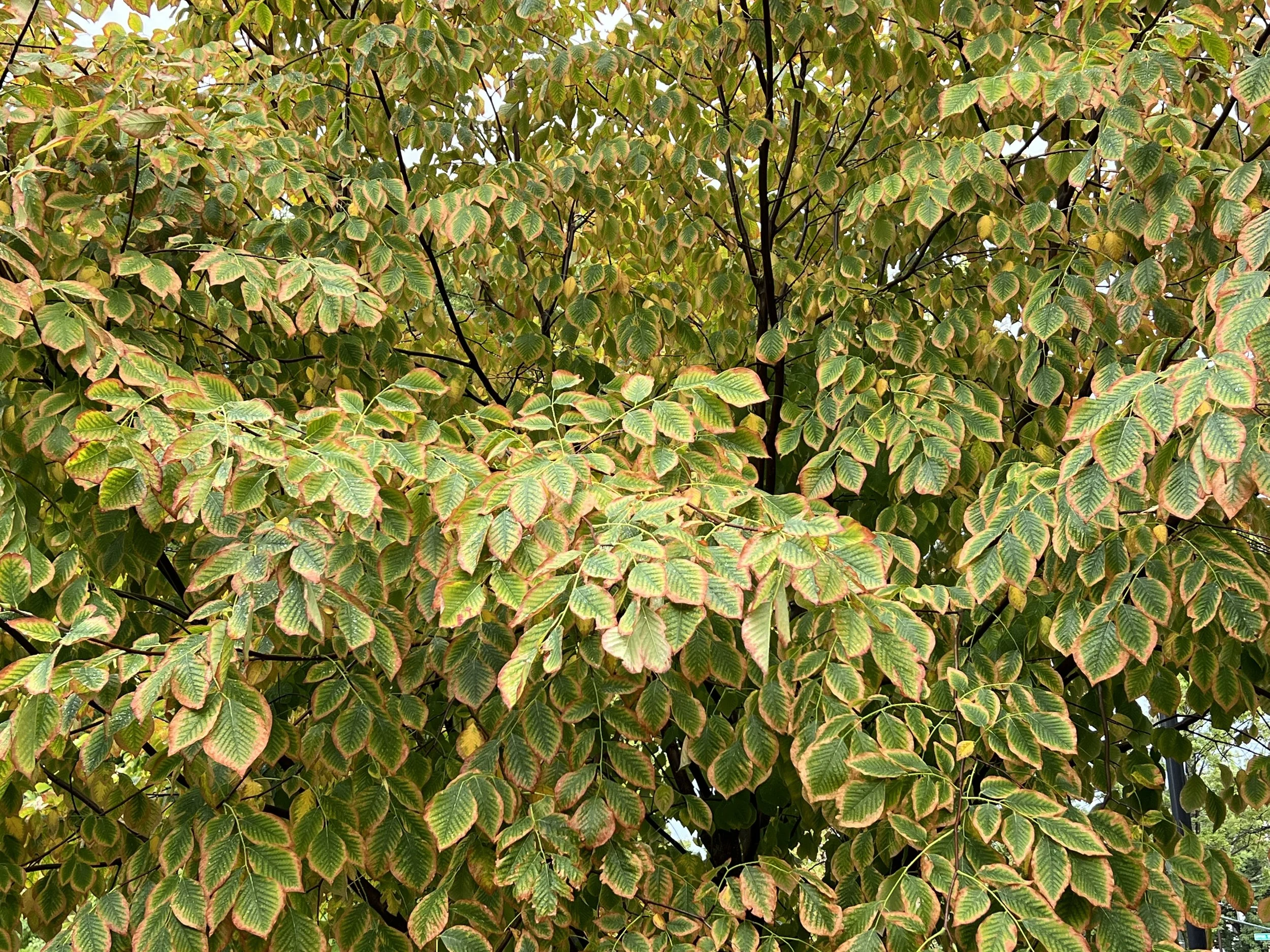How to water your garden in a drought.
Given the apocalyptic state of the world these days, it seems likely that extreme weather events will be the context in which many of us garden for the foreseeable future. Certainly we’ve all got work to do transitioning our gardens and landscapes over to more climate-appropriate plantings by minimizing turf, prioritizing native plants (with both drought and flood adaption strategies), and assuring that soils are protected. However, once you’ve done all of that, and a drought hits, you still have to water. This post tells you how to water your garden in a drought.
Watering plants in a drought is important not only to keep plants alive, but also to keep soils from losing all water. When soils go “hydrophobic,” they actually repel water. Water is sticky stuff and likes to stick to itself the most. When there’s no water present in soils at all, it has a much harder time infiltrating. Think about how hard it is to soak up water with a bone dry sponge: water permeates much easier once the sponge has been soaked and wrung.
Same with soil. But worse, given that some soils have waxes that can further inhibit water infiltration. This can be dangerous, as water will bead up on and sheet off of hydrophobic soil, preventing percolation, increasing runoff, and killing even dry-adapted plants. So it’s important to avoid letting soils get hydrophobic in the first place, even if it feels bad to water in a drought.
To avoid hydrophobia, water deep and long. Use drip systems, gators, and soaker hoses to keep water at the soil surface and protect it from evaporating. The slower the flow, the less chance the water has to sheet off. If you only have a hose or a fan sprinkler, turn it down to a slow trickle, and leave it on for hours. If you’re in a rush, build mulch moat and fill it a few times. You want the water to penetrate down at least 6 inches.
Water early in the morning, even before the sun is out. The cool earth and lack of direct sun will minimize evaporation. Think about when dew forms, that is the best time.
Water when it rains. I know, it’s counterintuitive but it’s absolutely the smartest thing to do. We’re trying to get water down into the soil column at least 6”. You want the water where roots can reach it, but also where it’s protected from the arid conditions at the soil surface. Water in the first few inches of soil just dries out; it’s really a waste. So water when it rains, so your irrigation can help chase the rain water down deeper.
Curious about how deep the recent rain has gotten? Wondering if your soils are in danger of going hydrophobic? For goodness sake, dig a hole and check. You would be shocked to know how rare this helpful practice is. We should all know our soils. We should know how deep an inch of rain will penetrate. We should know how far down water travels when we water for an hour. It will be different for each soil profile and microclimate so it’s impossible to give rules of thumb. Just dig a hole and see. Using a soil knife or soil probe to dig can keep the hole small. Many plants need water when soils 1” down are truly dry. But when you’re in drought conditions, go down deeper, to 4-6” to get a read on soil moisture.
Water your trees. Water your neighbors’ trees. Water the trees on your block. Keeping trees alive is, frankly, more important than other plants. Their roots are mostly in the top foot of soil and a prolonged drought can damage a tree for life. Also don’t prune trees during drought! As that can stimulate new growth.
Keep lawn grasses as long as you can manage (~3.5”). This shades the soil, among other benefits. But also consider just letting turf go dormant without allowing soils to dry completely.
Protecting soils with leaves, mulch, and compost will hold in soil moisture, but it can also keep it out. Rain will have to penetrate mulch first to reach the soil, so putting a thick mulch on top of dry soils can prohibit watering. Soak first, then mulch.
If things get really bad, and you’re facing triage, consider making a “drought ark.” Pick one or two of each favorite species and water just those, with the goal of propagating them when conditions improve. Collect seed and take cuttings, again with the goal of re-populating the garden in some future time when we’ve figured out how to live in harmony with the earth.

